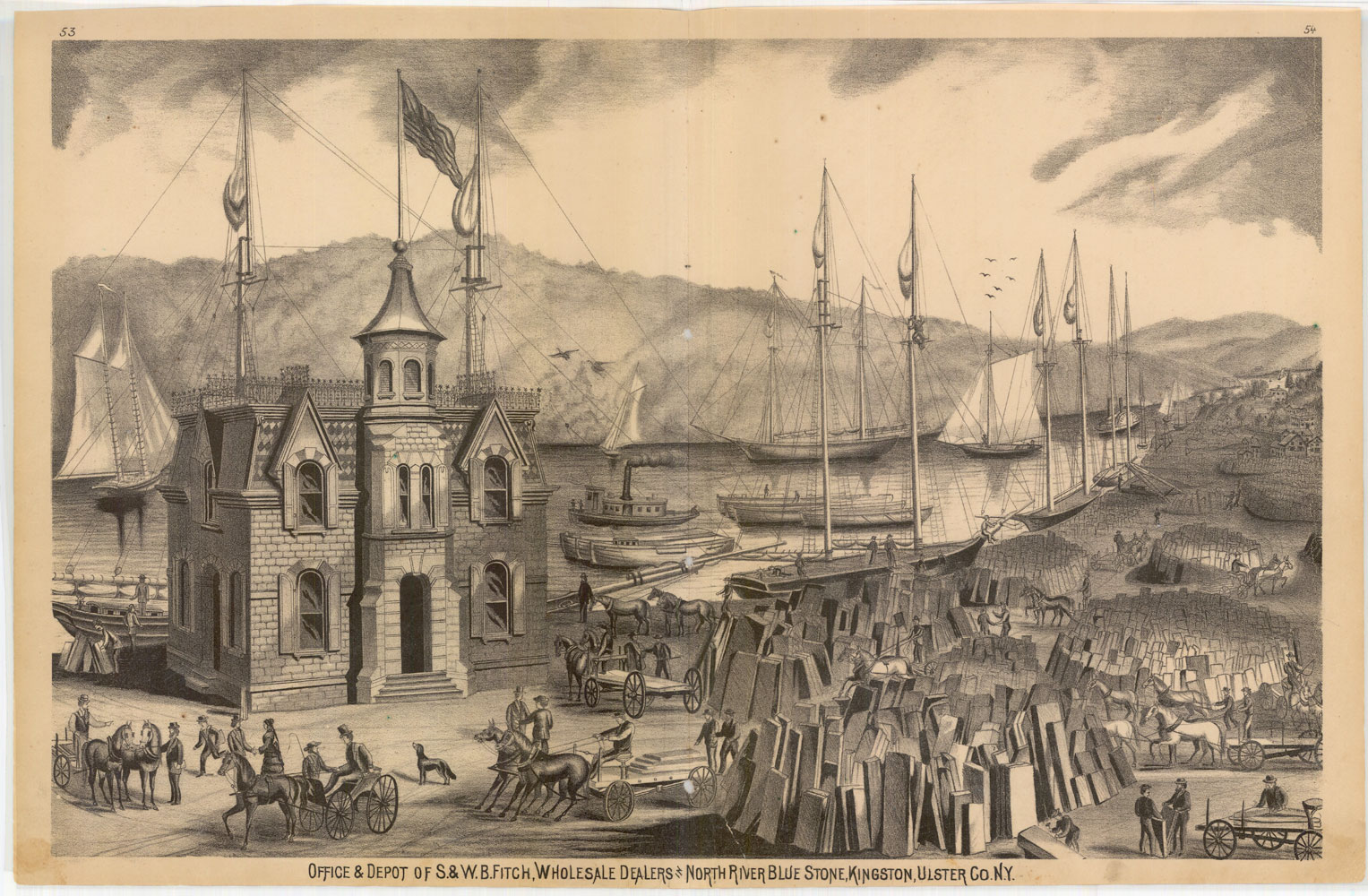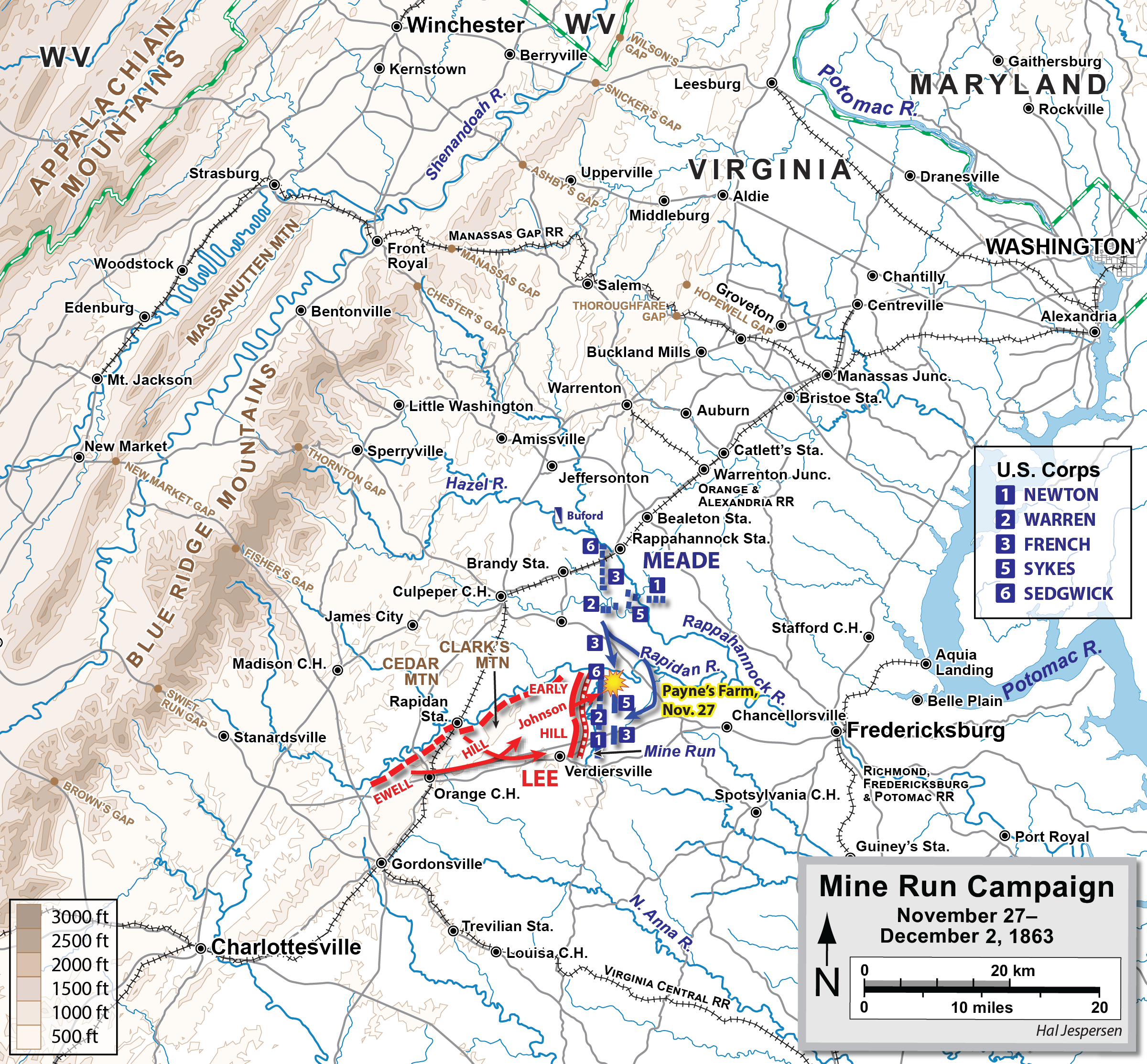|
George H. Sharpe
George Henry Sharpe (February 26, 1828 – January 13, 1900) was an American lawyer, soldier, United States Secret Service, Secret Service officer, diplomat, politician, and Member of the Board of General Appraisers. Sharpe was born in 1828, in Kingston, New York, into a prominent Ulster County, New York, Ulster County family. He earned his bachelor's degree at Rutgers University and studied law at Yale University. He practiced law in New York City from 1847 to 1851. He served as Secretary of the United States Legation in Vienna, Austrian Empire from 1851 to 1852 and then resumed his law practice in New York from 1854 to 1861. At the outbreak of the Civil War, Sharpe served as a captain in a New York regiment for three months and then returned to civilian life. In 1862, at the request of the Governor of New York, he raised a new regiment and went back into service as a colonel with the Army of the Potomac. In 1863, Major general (United States), Maj. Gen. Joseph Hooker sele ... [...More Info...] [...Related Items...] OR: [Wikipedia] [Google] [Baidu] |
Kingston, New York
Kingston is a Administrative divisions of New York#City, city in and the county seat of Ulster County, New York, United States. It is north of New York City and south of Albany, New York, Albany. The city's metropolitan area is grouped with the New York metropolitan area around Manhattan by the United States Census Bureau. The population was 24,069 at the 2020 United States Census. Kingston became New York's first capital in 1777. During the American Revolutionary War, the city Burning of Kingston, was burned by the British on October 13, 1777, after the Battles of Saratoga. In the 19th century, it became an important transport hub after the discovery of Rosendale cement, natural cement in the region. It had connections to other markets through both the railroad and canal connections. Many of the older buildings are considered contributing as part of three historic districts, including the Kingston Stockade District, Stockade District uptown, the Midtown Neighborhood Broadway ... [...More Info...] [...Related Items...] OR: [Wikipedia] [Google] [Baidu] |
120th New York Volunteer Infantry
The 120th New York Infantry Regiment was an infantry regiment in the Union Army during the American Civil War. Service The 120th New York Infantry was organized at Kingston, New York, and mustered in for three years service on August 22, 1862, under the command of Colonel George Henry Sharpe. The regiment was attached to the following brigades: * Whipple's Brigade, Defenses of Washington, D.C., to October 1862 * 1st Brigade, 2nd Division, III Corps, Army of the Potomac, to December 1862 * 2nd Brigade, 2nd Division, III Corps, to March 1864 * 2nd Brigade, 4th Division, II Corps, Army of the Potomac, to May 1864 * 4th Brigade, 3rd Division, II Corps, to July 1864 * 3rd Brigade, 3rd Division, II Corps, to June 1865. The 120th New York Infantry mustered out of service June 3, 1865. Veterans and recruits whose enlistments had not expired were transferred to the 73rd New York Infantry. [...More Info...] [...Related Items...] OR: [Wikipedia] [Google] [Baidu] |
Rutgers University
Rutgers University (; RU), officially Rutgers, The State University of New Jersey, is a Public university, public land-grant research university consisting of four campuses in New Jersey. Chartered in 1766, Rutgers was originally called Queen's College, and was affiliated with the Reformed Church in America, Dutch Reformed Church. It is the eighth-oldest college in the United States, the second-oldest in New Jersey (after Princeton University), and one of the nine U.S. colonial colleges that were chartered before the American Revolution.Stoeckel, Althea"Presidents, professors, and politics: the colonial colleges and the American revolution", ''Conspectus of History'' (1976) 1(3):45–56. In 1825, Queen's College was renamed Rutgers College in honor of Colonel Henry Rutgers, whose substantial gift to the school had stabilized its finances during a period of uncertainty. For most of its existence, Rutgers was a Private university, private liberal arts college but it has evolved int ... [...More Info...] [...Related Items...] OR: [Wikipedia] [Google] [Baidu] |
Ulster County, New York
Ulster County is a county in the U.S. state of New York. It is situated along the Hudson River. As of the 2020 census, the population was 181,851. The county seat is Kingston. The county is named after the Irish province of Ulster. History Founding and formation When part of the New Netherland colony, Dutch traders first called the area of present-day Ulster County "Esopus", a name borrowed for convenience from a locality on the opposite side of the Hudson. The local Lenape indigenous people called themselves Waranawanka, but soon came to be known to the Dutch as the "Esopus Indians" because they were encountered around the settlement known as Esopus. In 1652, Thomas Chambers, a freeholder from the Manor of Rensselaerswyck, purchased land at Esopus. He and several others actually settled and began farming by June, 1653. The settlements grew into the village of Wiltwijck, which the English later named Kingston. In 1683, the Duke of York created 12 counties in his province, ... [...More Info...] [...Related Items...] OR: [Wikipedia] [Google] [Baidu] |
United States Secret Service
The United States Secret Service (USSS or Secret Service) is a federal law enforcement agency under the Department of Homeland Security charged with conducting criminal investigations and protecting U.S. political leaders, their families, and visiting heads of state or government. Until 2003, the Secret Service was part of the Department of the Treasury, as the agency was founded in 1865 to combat the then-widespread counterfeiting of U.S. currency. Primary missions The Secret Service is mandated by Congress with two distinct and critical national security missions: protecting the nation's leaders and safeguarding the financial and critical infrastructure of the United States. Protective mission The Secret Service is tasked with ensuring the safety of the president of the United States, the vice president of the United States, the president-elect of the United States, the vice president-elect of the United States, and their immediate families; former presidents, their sp ... [...More Info...] [...Related Items...] OR: [Wikipedia] [Google] [Baidu] |
Richmond-Petersburg Campaign
The Richmond–Petersburg campaign was a series of battles around Petersburg, Virginia, fought from June 9, 1864, to March 25, 1865, during the American Civil War. Although it is more popularly known as the Siege of Petersburg, it was not a classic military siege, in which a city is usually surrounded and all supply lines are cut off, nor was it strictly limited to actions against Petersburg. The campaign consisted of nine months of trench warfare in which Union forces commanded by Lt. Gen. Ulysses S. Grant assaulted Petersburg unsuccessfully and then constructed trench lines that eventually extended over from the eastern outskirts of Richmond, Virginia, to around the eastern and southern outskirts of Petersburg. Petersburg was crucial to the supply of Confederate Gen. Robert E. Lee's army and the Confederate capital of Richmond. Numerous raids were conducted and battles fought in attempts to cut off the Richmond and Petersburg Railroad. Many of these battles caused the length ... [...More Info...] [...Related Items...] OR: [Wikipedia] [Google] [Baidu] |
Overland Campaign
The Overland Campaign, also known as Grant's Overland Campaign and the Wilderness Campaign, was a series of battles fought in Virginia during May and June 1864, in the American Civil War. Lt. Gen. Ulysses S. Grant, general-in-chief of all Union armies, directed the actions of the Army of the Potomac, commanded by Maj. Gen. George G. Meade, and other forces against Confederate Gen. Robert E. Lee's Army of Northern Virginia. Although Grant suffered severe losses during the campaign, it was a strategic Union victory. It inflicted proportionately higher losses on Lee's army and maneuvered it into a siege at Richmond and Petersburg, Virginia, in just over eight weeks. Crossing the Rapidan River on May 4, 1864, Grant sought to defeat Lee's army by quickly placing his forces between Lee and Richmond and inviting an open battle. Lee surprised Grant by attacking the larger Union army in the Battle of the Wilderness (May 5–7), resulting in many casualties on both sides. Unlike his pr ... [...More Info...] [...Related Items...] OR: [Wikipedia] [Google] [Baidu] |
Mine Run Campaign
The Battle of Mine Run, also known as Payne's Farm, or New Hope Church, or the Mine Run campaign (November 27 – December 2, 1863), was conducted in Orange County, Virginia, in the American Civil War. An unsuccessful attempt of the Union Army of the Potomac to defeat the Confederate Army of Northern Virginia, it was marked by false starts and low casualties and ended hostilities in the Eastern Theater for the year. Background After the Battle of Gettysburg in July, Confederate Gen. Robert E. Lee and his command retreated back across the Potomac River into Virginia. Union commander Maj. Gen. George G. Meade was widely criticized for failing to pursue aggressively and defeat Lee's army. Meade planned new offensives in Virginia for the fall. His first attempt was a series of inconclusive duels and maneuvers in October and November known as the Bristoe campaign. In late November, Meade attempted to steal a march through the Wilderness of Spotsylvania and strike the rig ... [...More Info...] [...Related Items...] OR: [Wikipedia] [Google] [Baidu] |
Battle Of Gettysburg
The Battle of Gettysburg () was fought July 1–3, 1863, in and around the town of Gettysburg, Pennsylvania, by Union and Confederate forces during the American Civil War. In the battle, Union Major General George Meade's Army of the Potomac defeated attacks by Confederate General Robert E. Lee's Army of Northern Virginia, halting Lee's invasion of the North. The battle involved the largest number of casualties of the entire war and is often described as the war's turning point due to the Union's decisive victory and concurrence with the Siege of Vicksburg.Rawley, p. 147; Sauers, p. 827; Gallagher, ''Lee and His Army'', p. 83; McPherson, p. 665; Eicher, p. 550. Gallagher and McPherson cite the combination of Gettysburg and Vicksburg as the turning point. Eicher uses the arguably related expression, " High-water mark of the Confederacy". After his success at Chancellorsville in Virginia in May 1863, Lee led his army through the Shenandoah Valley to begin his second ... [...More Info...] [...Related Items...] OR: [Wikipedia] [Google] [Baidu] |
Battle Of Chancellorsville
The Battle of Chancellorsville, April 30 – May 6, 1863, was a major battle of the American Civil War (1861–1865), and the principal engagement of the Chancellorsville campaign. Chancellorsville is known as Lee's "perfect battle" because his risky decision to divide his army in the presence of a much larger enemy force resulted in a significant Confederate victory. The victory, a product of Lee's audacity and Hooker's timid decision-making, was tempered by heavy casualties, including Lt. Gen. Thomas J. "Stonewall" Jackson. Jackson was hit by friendly fire, requiring his left arm to be amputated. He died of pneumonia eight days later, a loss that Lee likened to losing his right arm. The two armies faced off against each other at Fredericksburg during the winter of 1862–1863. The Chancellorsville campaign began when Hooker secretly moved the bulk of his army up the left bank of the Rappahannock River, then crossed it on the morning of April 27, 1863. Union cavalry under ... [...More Info...] [...Related Items...] OR: [Wikipedia] [Google] [Baidu] |








